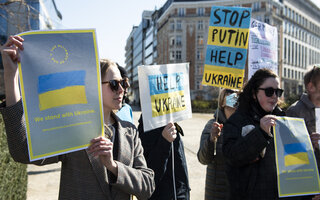Journal Article
Complex Europe: Quantifying the Cost of Disintegration
Authors
Publication Date
DOI
10.1016/j.jinteco.2022.103647
JEL Classification
Key Words
Related Topics
International Trade
Globalization
European Union & Euro
Europe
We propose novel estimates of the economic consequences of undoing European goods and services markets integration. Using a quantitative multi-country, multi-sector trade model, we disentangle two important layers of complexity: First, European integration is governed by various, partly overlapping arrangements — the Customs Union, the Single Market, the Common Currency, the Schengen Area, free trade agreements — and fiscal transfers, all of which affect production, trade, and income differently. Second, decades of integration have led to dense cross-border input–output (IO) networks, which endogenously adjust to trade cost shocks. Based on our preferred gravity estimates, we find disintegration to trigger statistically significant welfare losses of up to 23%. In a conservative specification, effects are about half the size. Robustly, the Single Market dominates quantitatively, but the losses from dissolving the Schengen Area are substantial, too. Compared to a model variant without IO linkages, our complex model predicts significantly larger aggregate losses.







